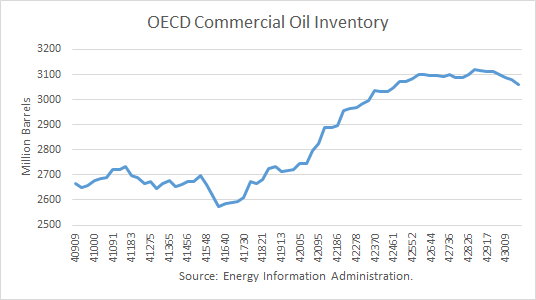
General Electric Co. (NYSE:GE) announced a deal to combine its oil-and-gas business with Baker-Hughes, creating one of the world's largest providers of equipment, technology, and services to the oil and gas industry. Worldwide drilling activity had peaked in November 2014, the same month that Saudi Arabia had started the war for market share, which eventually caused oil prices to collapse.
As oil prices plummeted, so did the rig count. Active rigs worldwide fell from 3,670 to 1,405 in May 2016, a 62% drop. In the U.S., rigs fell from 1,930 t0 408, a 79% drop.
But as oil prices rebounded to $50/b in late May, the rout ended. Since May, active rigs rose by 25% in the U.S. and by 13% worldwide. Continue reading "GE's Timely Baker-Hughes Deal: Rigs And Oil Production Set To Rise"

